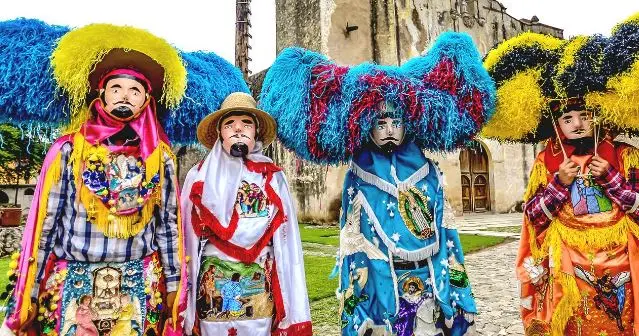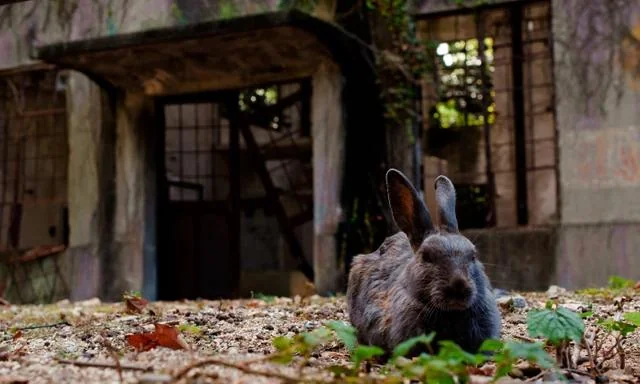In the town of Tetela del Volcán, Mexico, a 350-year-old Easter celebration captivates locals and visitors alike. Central to this tradition are the “sayones,” participants who don elaborate costumes resembling Roman soldiers, complete with leather masks and towering, caterpillar-like hats crafted from hundreds of colorful tissue paper sheets. These vibrant processions, rooted in a blend of Catholic and Indigenous practices, culminate in the dramatic burning of the paper hats, symbolizing penance and sacrifice.
As a cultural anthropologist specializing in Latin American rituals, I’ve observed how such traditions serve as a profound expression of communal identity and spiritual devotion. The meticulous preparation—embroidering cloaks with religious imagery and choreographing marches—reflects a deep commitment to preserving heritage. Despite modern influences, the residents of Tetela del Volcán have maintained the authenticity of their celebration, resisting commercialization and emphasizing its mystical essence.
This unique Easter ritual not only reinforces community bonds but also offers insights into the syncretic nature of Mexican cultural expressions. By honoring both ancestral and religious narratives, the sayones of Tetela del Volcán exemplify the enduring power of tradition in shaping collective identity.





